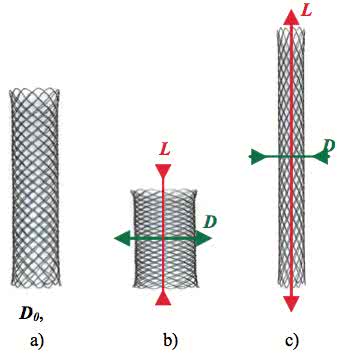GEOG 4014 Chapter : 16 GCMs
Document Summary
General circulation models (gcms) -- the most complete models for predicting climate (not weather) that are available. 7 very complicated equations are used to describe and forecast motion for a certain. "time step" at several points at several levels. The "answers" for each grid point are then used to figure out the weather conditions at all adjacent grid points (including the ones at the next higher and lower levels) Forecasted values are then input as the new "original" data at each grid point, and a new forecast is calculated at each point. The process continues until you get a forecast out to a useful period of time. The three navier-stokes equations of motion (n-s, e-w, up-down) Gcms include more info about the oceans, topography, vegetation (i. e. ,the climate system) Disadvantage -- grid points are often too far apart to be very useful. Some of these also are used for weather forecasting and/or tropical forecasting. Better coupling need better understanding of physics.


